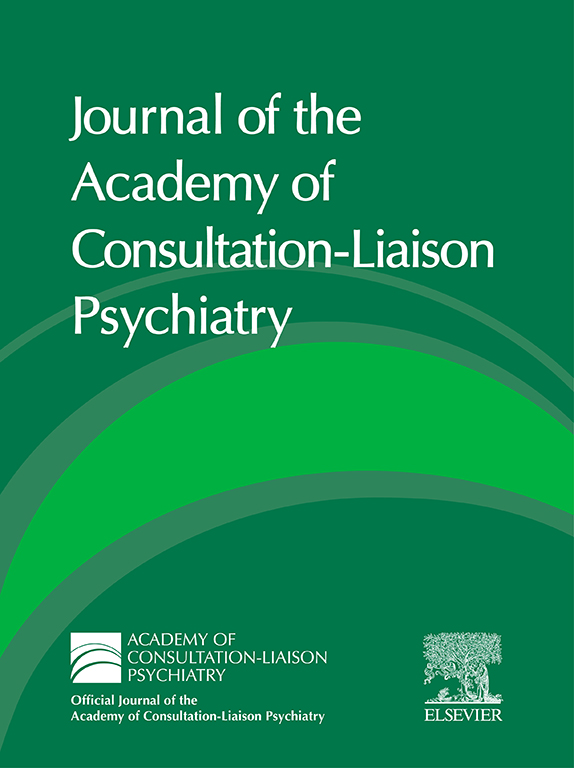Authors: Derek Baughman, MD, et al.
Abstract: Telemedicine offers great potential for promoting the quadruple aim in health care delivery: patient experience, clinician experience, cost, and quality. Studies on patient experience have shown high satisfaction with telemedicine, citing convenience, higher levels of comfort, and decreased costs.
Studies on clinician experience have shown improved intra-office effectiveness, patient-clinician communication, and improved outcomes (notably in medication adherence). Regarding health care costs, telemedicine has been shown to favorably affect office management costs, revenue (by decreased staffing requirements and extending office hours), and no-show rates.
Telemedicine has also shown potential for improving clinical outcomes, especially in managing chronic diseases like diabetes and hypertension, reducing diagnostic times, and reducing infection risk.
An unanswered question remained, however: given the unprecedented increase in telemedicine use, does exposure to this type of care affect quality?
The authors therefore set out to compare the quality of telemedicine and in-office visits using standardized performance measures during the COVID-19 telemedicine surge.
In this cohort study of 526,874 patients, telemedicine exposure was associated with significantly better performance, or no difference, in 13 of 16 performance measures. “Findings suggest that telemedicine exposure in primary care poses a low risk for negatively affecting quality performance, highlighting its potential to suitably augment care capacity… especially in chronic disease management and preventive care,” conclude the authors.
Importance: The study also identifies a need to understand relationships between the optimal blend of telemedicine and in-office care in different populations. For policy-makers, the findings support telemedicine’s continued funding. For practices and health systems, the study demonstrates telemedicine’s value in appropriate populations: augmenting primary care capacity without negatively affecting care quality.
Availability: Published by JAMA Network





